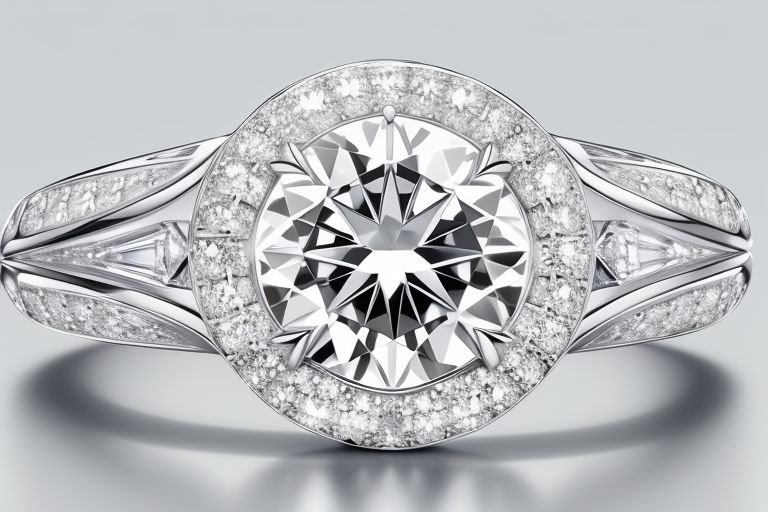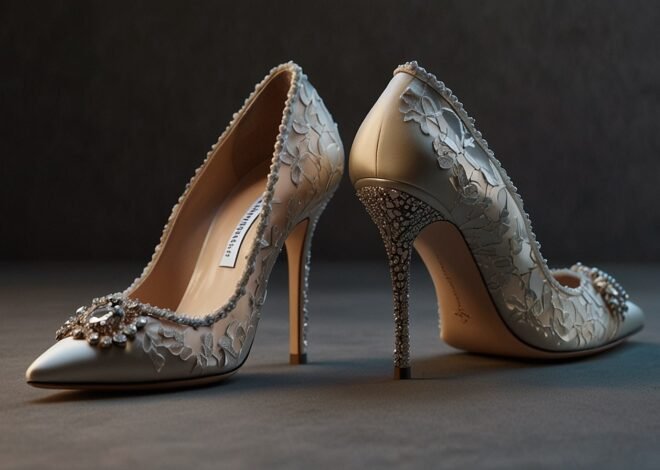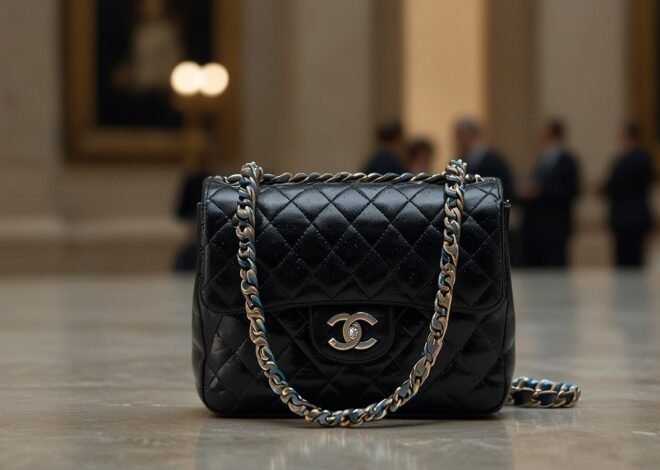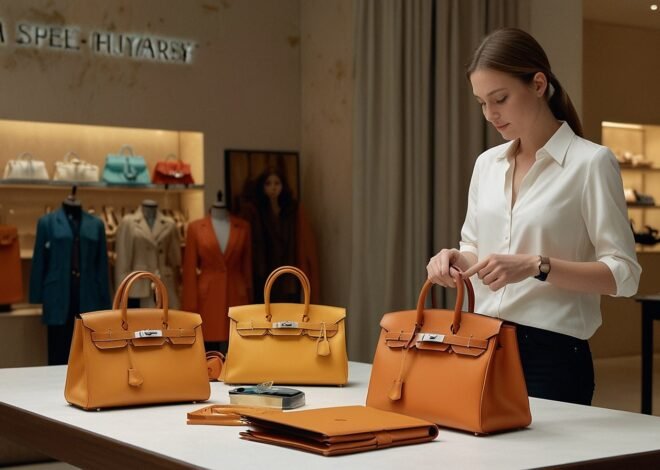
Cartier Launches Lab-Grown Diamond Collection For Sustainable Luxury
More disquiet has recently emerged in the luxury jewelry market, as Cartier, the French ‘King of Jewellers,’ introduced its very first line of jewelry created with synthetic diamonds. This innovative development is revolutionary in the luxury domain as more brands start to embrace environmental and ethical issues that may change the future of luxury jewelry.
The collection, named “Éclat Éthique” (Ethical Radiance), showcases a range of exquisite pieces that combine Cartier’s legendary craftsmanship with cutting-edge technology. As today, stunning engagement rings as well as, different types of necklaces, and earrings, which are constitutes of lab grown diamonds that have same characteristics and properties like mined diamonds.
It makes sense for Cartier to adopt lab-grown diamonds now because the young generation is beginning to associate traditional diamond mining with destructive environmental and social costs. Cartier is preparing to become a leader in a new type of luxurious initiative by selecting sustainable materials that do not affect the appearance and quality of jewelry.
The launch of “Éclat Éthique” is the culmination of years of research and development by Cartier’s team of gemologists and scientists. For years, the company has focused on the process of growing lab-created diamonds with a superior quality to natural diamonds. Every replicated diamond is tested and accredited to meet with every requirement of a natural diamond and this includes the cut, clarity, colour and carat weight.
Cartier’s chief executive Cyrille Vigneron said that the company’s use of lab-grown diamonds is not a challenge to natural diamond consumers, but an addition to choices available to consumers. “We believe in giving our clients options that align with their values without compromising on the exceptional quality and craftsmanship that Cartier is known for,” Vigneron stated at the collection’s launch event in Paris.
The jewellery industry has been closely watching Cartier’s move especially because many industry pundits are expecting this could lead to other luxury brands following suit. The fact that a house as grand as Cartier has adopted lab-grown diamonds as a legitimate production form is going to help this new market grow and expand more easily for other similar brands of jewelry.
However, the use of created diamonds in Cartier has not been without controversy when the company added lab-grown diamonds to its portfolio. There are critics in this industry that have labelled synthetic diamonds as counterfeit due to the fact that they lower the-value perception and the mystique which is naturally associated with diamonds. There are also issues of the social effects of the measure on other countries that have minors that are engrossed in the diamond business as their main resource for an economic base.
In response to these concerns, Cartier has sought to make these statements in the best interest of all its lines of collections. The company has said that it will maintain its sale of natural diamonds together with the newly developed lab-created diamonds because people need the option to select according to their preferences and beliefs.
The pricing strategy for the “Éclat Éthique” collection has also raised eyebrows in the industry. However, the creation of lab grown diamonds is still cheaper than the mining of natural diamonds and yet Cartier has priced its new collection in the same range as it has priced its natural diamonds. This decision clearly reaffirms the company’s strategic message of the value of reproducing jewellery not in the metal but in the proposals made, in the manual skills employed and in the brand associated with the final products created.
Non-governmental bodies and sustainable enthusiasts have responded positively to Cartier’s decision, deeming it a revolutionary step that will reduce the environmental impact made by luxury jewelry manufacturing companies. New categories of diamonds are cultured or grown in laboratories, and they use much less resources and energy for production than mined stones while they also include no pathologies connected with conflict or nonethical employment.
The “Éclat Éthique” collection also incorporates other sustainable materials, including recycled gold and platinum, further emphasizing Cartier’s commitment to environmental responsibility. Every item is backed by a certificate of origin providing customers with the track history of the piece up to the purchase.
Following the launch of a lab-grown diamond collection around the world, the industry awaits the results of the Cartier campaign. First impressions are good to say the least, a good many customers appeared to be bursting with energy over the artistry of Cartier, allied with the best and greenest technology the future is bright therefore.
The success of “Éclat Éthique” could potentially redefine what luxury means in the 21st century, where ethical considerations and sustainability are increasingly important to consumers. It also raises interesting scenarios for the diamond business as a whole and how other prestige brands will evolve, given this changing consumer behavior and technological progress.
As the dust settles on this landmark announcement, one thing is clear: Lab-grown diamond’s acceptance by Cartier symbolizes a new shift in the luxury jewelry market. Time alone will tell if this is the bold decision for a better world or simply the abandonment of a proven and effective way of doing business. One thing that is clear, however, is that the effects of this decision are sure to be felt in the industry for many years to come and might even mark the dawn of a new era of sustainable luxury.


